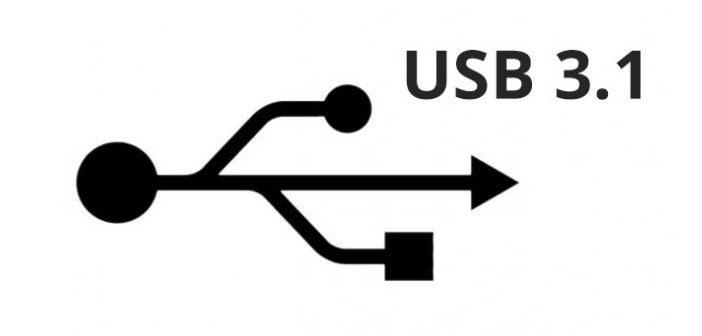USB 3.1 is imminent, but it is already working on future versions that would ensure transfer speeds of up to 20 Gbps Thunderbolt 2 just like Intel and Apple. Coming later this year also the first devices with USB type C.
USB 3.1 Thunderbolt challenge: a future implementation of the popular connectivity standard promise it to reach 20 Gbps.
At the moment, we are still at the experimental stage. The USB Implementers Forum, which will soon finalize all specifications to the new version, provides that USB 3.1 can achieve in the time of its release the 10 Gbps, but have been successfully conducted tests of up to 20 Gbps, then the speed of Thunderbolt 2 who might be faced with a major challenge, given the popularity of USB and the costs are significantly lower for connectors and cables.
According to the statements of the president of the USB-IF Jeff Ravencraft, for now safely reach 10 Gbps is sufficient for now, but the prospect of being able, perhaps in the not too distant future and implementation, touch the 20 Gbps provides security to members the consortium to be able to push innovation. According to the estimates will be more than 4 billion products with USB inputs to be placed on the market within the year, with a substantial increase in the years to come.
What is really important is to be able to make the technology less expensive to implement in order not to repeat the same mistakes with Intel Thunderbolt, which encountered difficulties arise precisely because of the high cost for producers who wish to adopt this technology in their machines and peripherals.
News also about the new USB connector, type C, similar to the lightning connector of Apple, will be smaller and reversible (can be connected in any orientation): the first devices that will complement should arrive by the end of the year and, according to Ravencraft, given the advantages should dominate the market in the coming years. The USB-IF will not stop at only a replacement of this type of connection with the current USB: the idea is make the USB the main choice for PCs, mobile devices, televisions and even household appliances, as the USB 3.0 seems to be capable of delivering 100 watts of power, enough to power an HD TV with no problems.
This will result in a universalization of the shippers of various devices, minimizing electronic waste and eliminating the environmental impact of the fact that they are having in recent years.

